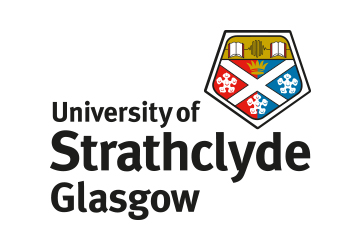DISTINCTIVE is a multi-disciplinary collaboration of 10 universities and 3 key industry partners from across the UK’s civil nuclear sector.

PhD/PDRA – PDRA and PhD
Academic Lead – Grainne El Mountassir
Researcher – Matteo Pedrotti and Christopher Wong
University – University of Strathclyde
Current research at Strathclyde (Biogeochemical Applications in Nuclear Decommissioning and Waste Disposal, EPSRC consortium, EP/G063699/1) has developed proof of concept for novel grouting technologies. These include microbially-mediated mineral precipitation for sealing fractured rock, colloidal silica for grouting fractures and sediment stabilisation, and novel cementitious grouts which enable remote detection of grout penetration (patent application submitted).
This project will focus on the development of low viscosity (large penetration distances) colloidal silica based grouts for inhibiting radionuclide migration in groundwater. The grouts will be used to create an injected barrier that can act as a secondary skin (containment layer) surrounding and beneath existing legacy containment vessels. The grout should be detectable from the ground surface to allow penetration mapping. This project will also investigate the potential for hydraulic drainage of the soil volume between the legacy containment vessel (pond or vault) and the injected barrier, applying a similar concept to draining the gap between the primary and secondary concrete skins on double-skinned storage ponds.
This project, involving both a PDRA and PhD student, will use experimental testing from batch experiments up to full-scale field trials. Initial laboratory batch experiments will investigate the gelling behaviour of colloidal silica under varied environmental conditions, such as groundwater pH, salinity and composition of near-surface soils. Penetration experiments will be trailed in a variety of soils with varying grain size distributions, including sediments similar to those sampled at the Sellafield site. Additional column experiments will be carried out with the University of Loughborough to investigate how the grout interacts with radionuclides (Tc, Sr).
Large scale 3D laboratory testing and field testing will be used to design and test the grout injection strategy and to validate the efficacy of the hydraulic barrier.
Back to Top